Access to EMTP user presentations, webinars, and slide deck presentations.
16 presentations for Overvoltages:
Author(s): Carlo Alberto Nucci & Fabio Tossani
Type:Technical Presentation
Date: 2021-09-07
Abstract
In the usual practice, the evaluation of the overvoltages due to direct lightning strikes to overhead power line conductors is focused on the representation of the effects of the lightning current inj... see moreection, whilst the effects of the coupling between the conductors and the lightning electromagnetic pulse (LEMP) is disregarded. Motivated by recent results obtained for the case of a medium voltage line configuration with a shield wire, this extends the analysis to assess the contribution of the LEMP on the lightning performance of an overhead distribution with and without periodically grounded wires and surge arresters. Moreover, the presentation deals with the LEMP effect on the occurrence probability of flashovers on different phases, which is an important information on the service continuity of networks with isolated or compensated neutral earthing. A validation of the results is obtained by comparing the overvoltages calculated by using EMTP, together with the LIOV library for the LEMP calculation, and those obtained by a three-dimensional finite difference time-domain approach.
Tag(s): lightning, pulse, LIOV, surge, arrester
Author(s): Dr. Romulo Bainy & Jared Mraz & Dr. Normann Fischer & Dr. Johnson
Type:Technical Presentation
Date: 2021-09-03
Abstract
Sub Synchronous Control Interaction (SSCI) is can occur between type 3 wind turbines and a series capacitor. SSCI events can result in severe overvoltages that can damage equipment on the transmission... see more system. This presentation will provide a brief history of SSCI, its impacts on the power system, and how to perform screening studies for SSCI susceptibility using EMTP… The presentation will also include a discussion of challenges encountered, and key results observed, during screening studies performed by IEEE working group J18 for an example power system. Areas of future study will also be highlighted.
Tag(s): SSCI, Wind park, Type 3, time domain scan, subsynchronous-control interaction
Author(s): Chandra Pallem
Type:Technical Presentation
Date: 2021-09-02
Abstract
We present the results from an investigation of the cause of dynamic overvoltage conditions experienced at a solar power plant, that resulted from energizing the PV solar plant 34.5 kV collection syst... see moreem feeders using a back-up diesel generator. The diesel generator unit was installed at the solar plant for emergency back-up power to the project, in case of power outage from the connecting transmission utility system.
The back-up power source was provided to allow the operation of the solar power tracking system during emergency conditions. A subsequent study was performed using EMTP software program, to investigate the cause of these dynamic overvoltage conditions at the solar power plant. A detailed transient model of the solar plant and the diesel generator were developed using EMTP.
The EMTP simulations were useful in replicating the overvoltage event measurement recordings from the site, and the simulation results from the study, concluded that the diesel generator did not have sufficient capability to pick up capacitive loads and therefore, the unit was unable to control the overvoltage conditions which led to the overvoltage event that caused equipment damage to the PV inverters and their auxiliary systems. The study evaluated various solution alternatives and mitigation strategies to reduce these dynamic overvoltages to acceptable conditions.
Tag(s): pv park, tov, diesel generator, temporary overvoltage
Author(s): Andreia Leiria
Type:Technical Presentation
Date: 2021-09-02
Abstract
Overvoltages were identified on the MV and LV networks of a Hydro Power Plant as the cause of the trip of the LV maximum voltage protection, compromising the normal operation of the system. Following ... see morethis event, measurements were conducted and the presence of a very high 23rd harmonic, potentially responsible for the various overvoltages, was identified associated to the operation of the Plant’s Synchronous Machine Frequency Control System (FCS). It was concluded then that this harmonic would have its origin in the FCS and would be amplified due to a possible resonance in the Power Plant internal network. A digital simulation study, using EMTP, was conducted to identify and characterize the resonance in the system and to propose mitigation solutions. The simulation models were developed using the equipment data and the system characteristics. The models were duly validated with measurements made both in time and frequency domains and it was possible to identify the origin of the overvoltages and their propagation in the system. It was concluded that the resonance occurred between a 30/11 kV Power Transformer and a 30 kV cable with 850 m.
This conclusion was supported by the results obtained in the measurements. Several alternatives were analyzed as mitigation solutions: - Installation of capacitors; - Different bonding techniques of the 30 kV cable sheaths; - Changing the 30 kV cable length; - Installation of a harmonic filter; The advantages and disadvantages of each solution were weighed also considering the ease of implementation, namely the available room. It was concluded that the installation of capacitors would be the best option. Measurements were conducted after the capacitor’s installation confirming the success of this solution.
Tag(s): harmonics, power uality, resonance
Author(s): Sofía Aparicio, Andrea Pizzini, Nicolás Morales - UTE
Type:Technical Presentation
Date: 2021-06-21
Abstract
In order to obtain the distances required to perform live working maintenance on the Uruguayan transmission network under secure conditions, electromagnetic transient (EMT) studies are conducted to ob... see moretain the maximum switching overvoltage that can be found in 500-150 kV transmission network. Two different approaches were considered for these studies. On one hand, a simple approach is used, analyzing line switching transients on simplified two line network models. On the other hand, a detailed approach is considered, analyzing line switching overvoltage transients on a complete network model.
This complete model considers 500 kV and 150 kV overhead lines, 500/150 kV transformers, cables, reactive power shunt compensation, hydraulic and thermal generators. Electromagnetic transient studies and the complete network model are performed in EMTP software. Finally, a comparison between the results obtained considering each approach is performed.
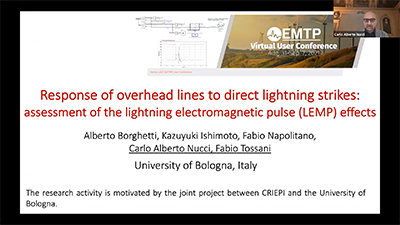
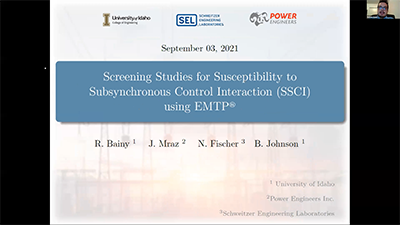

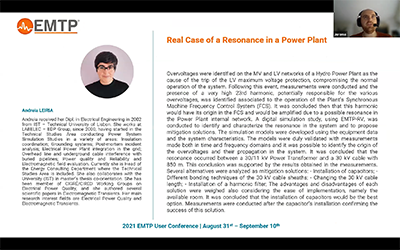
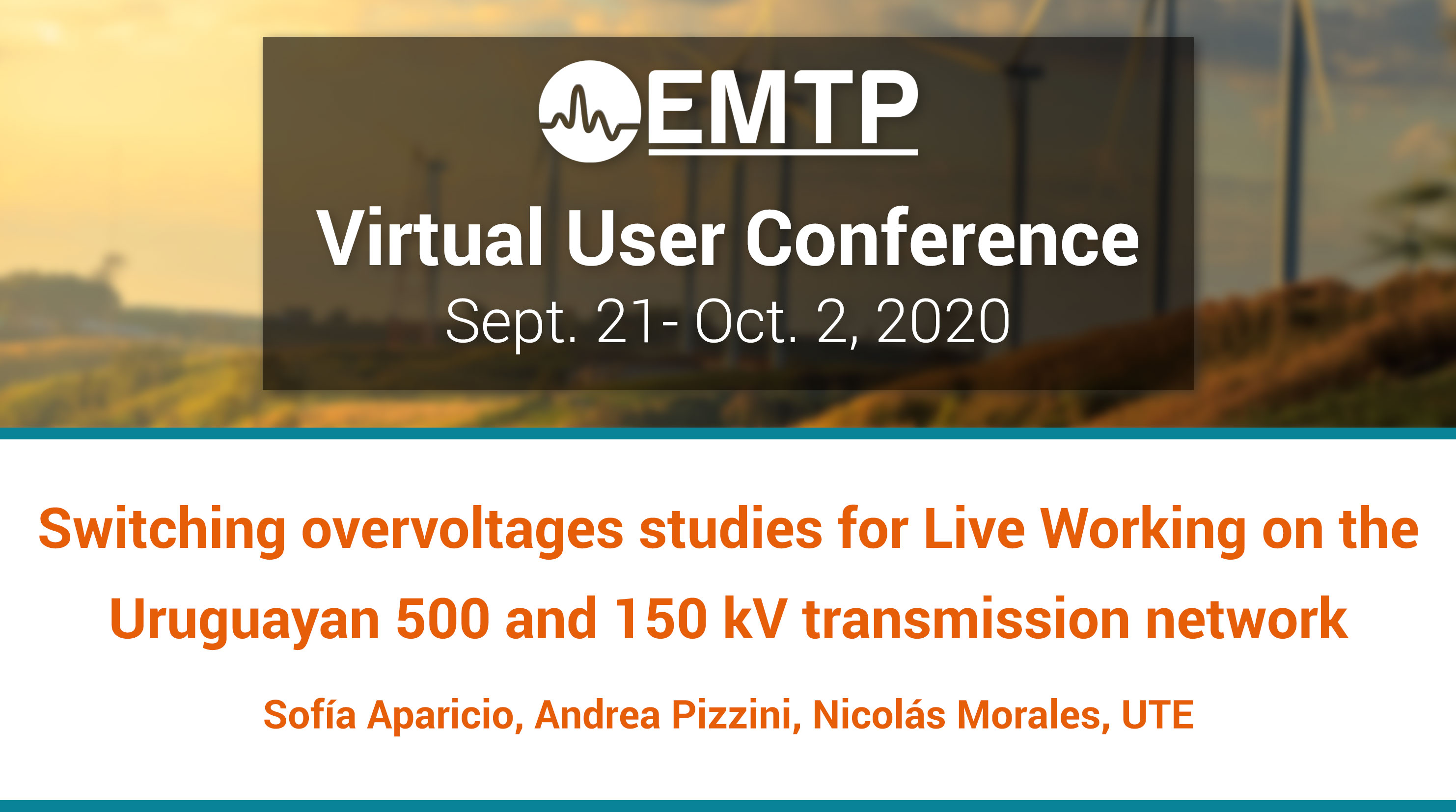
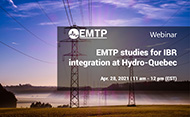
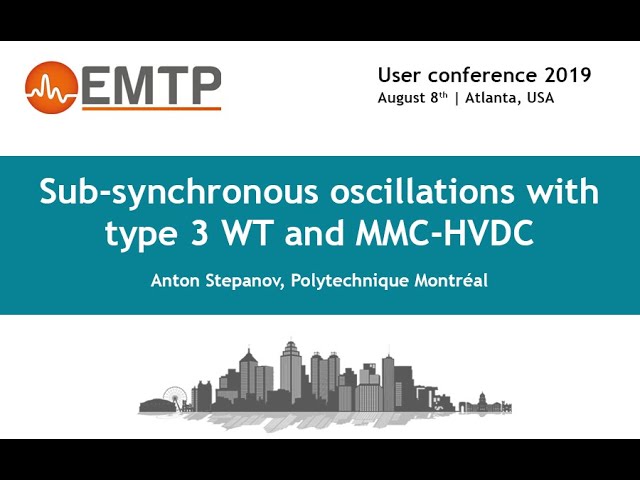
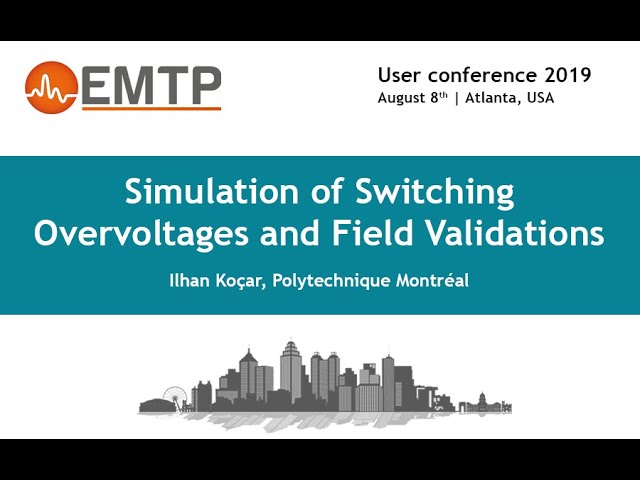
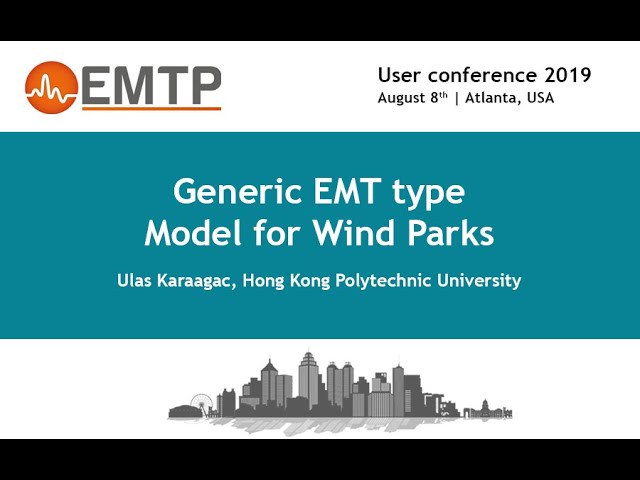
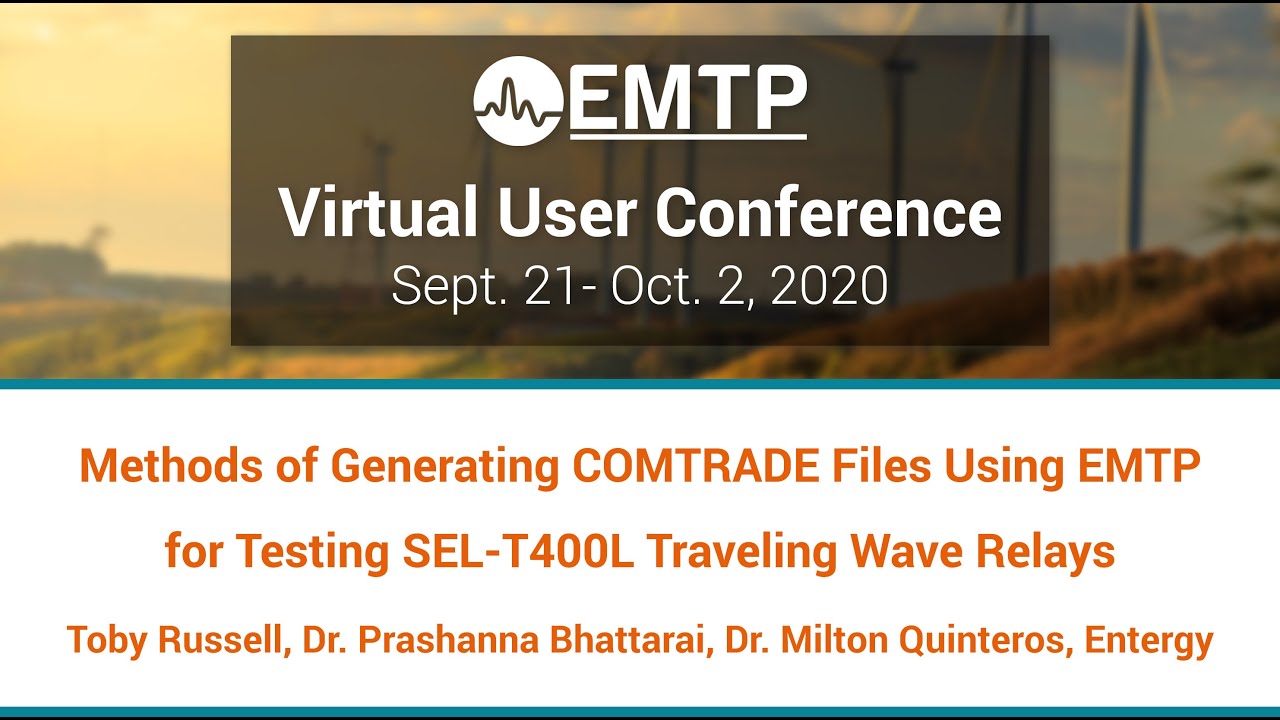
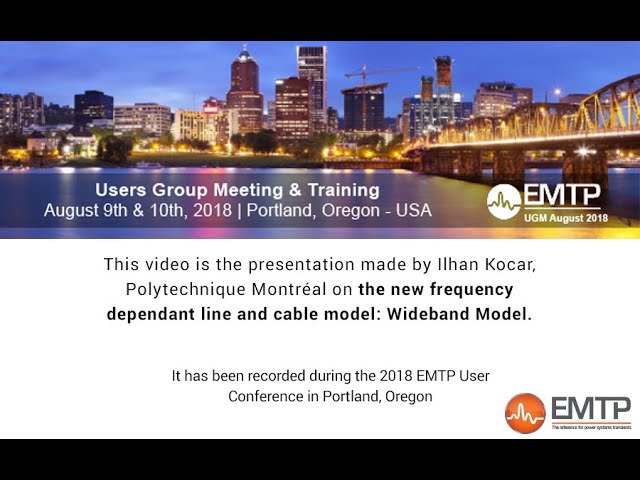
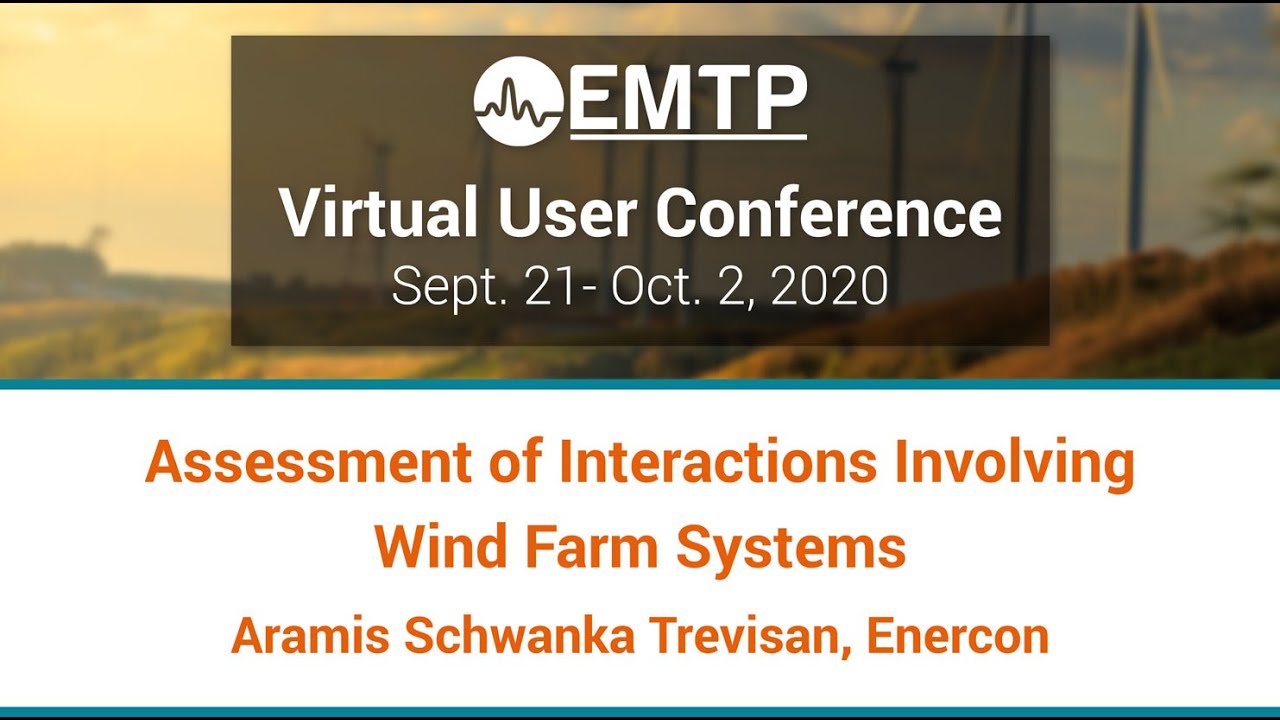
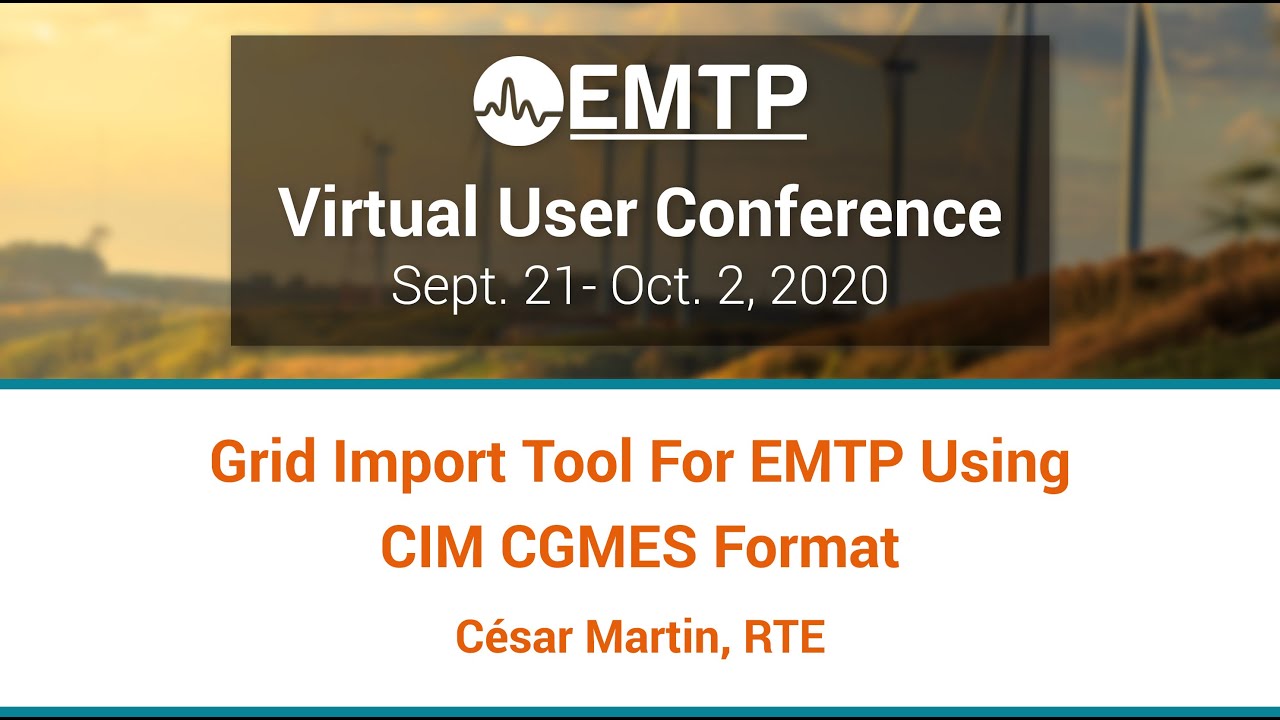
![[R&D]_EMTP : Recherche et développement [R&D]_EMTP : Recherche et développement](https://www.emtp.com/system/files/imagecache/presentation/slide1_1.jpg)
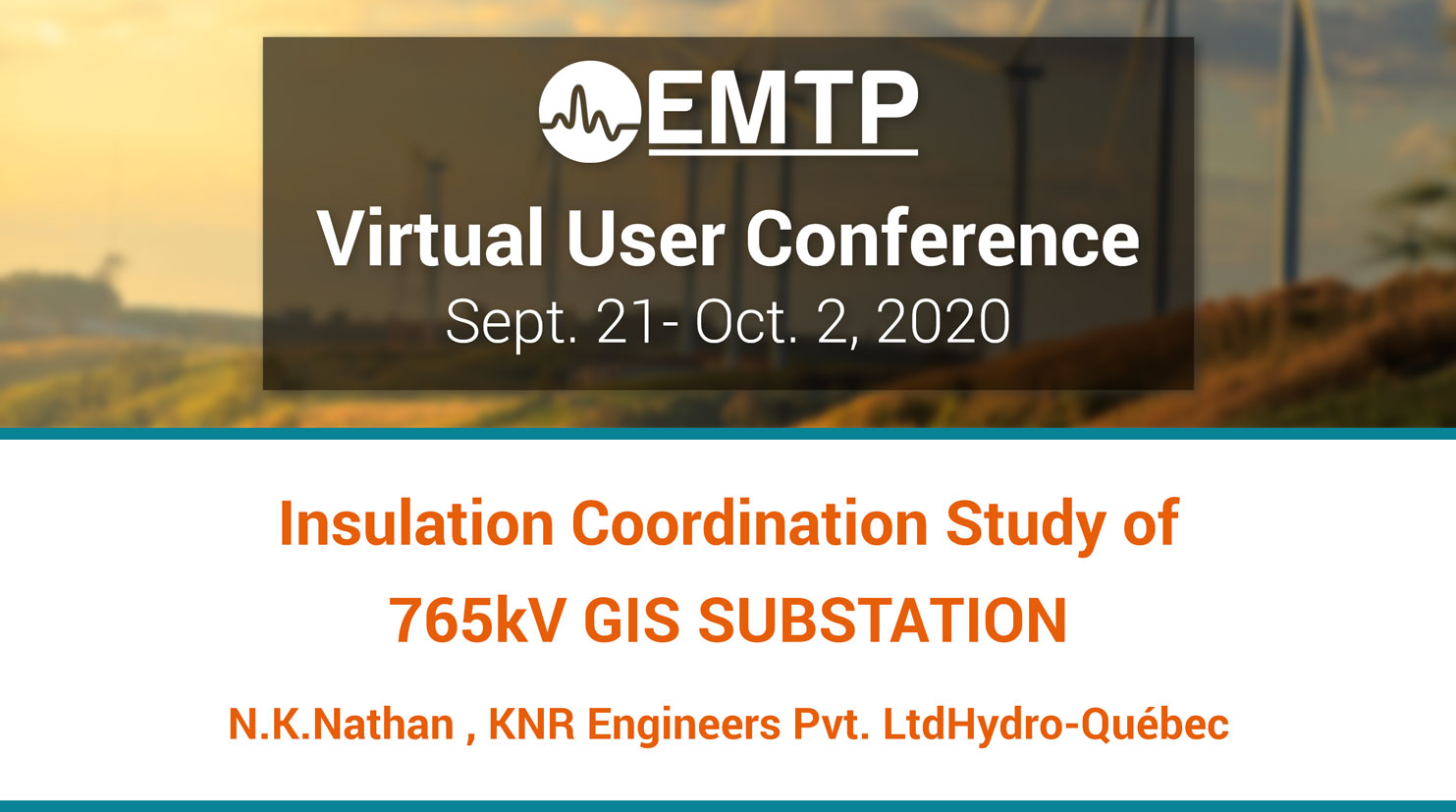
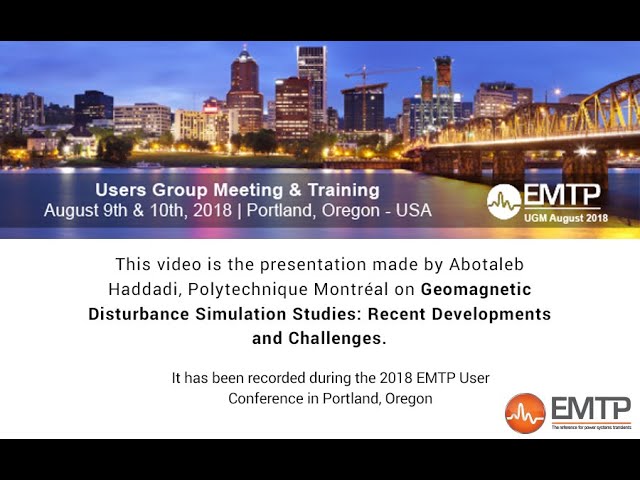
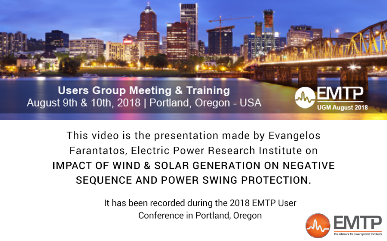
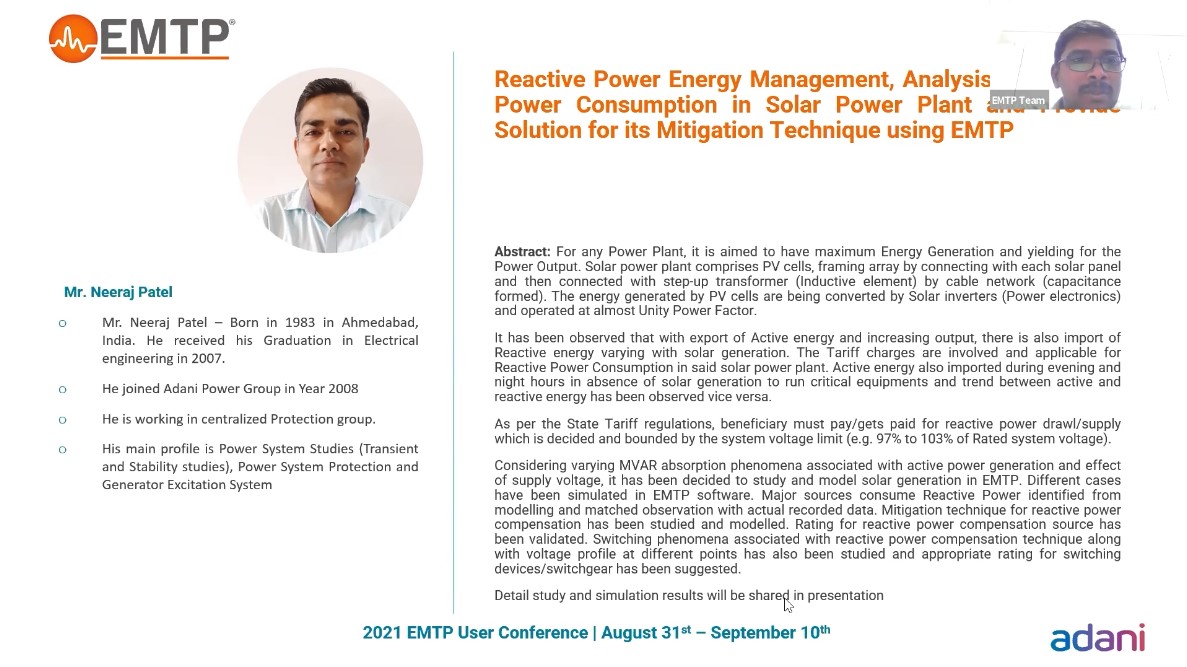
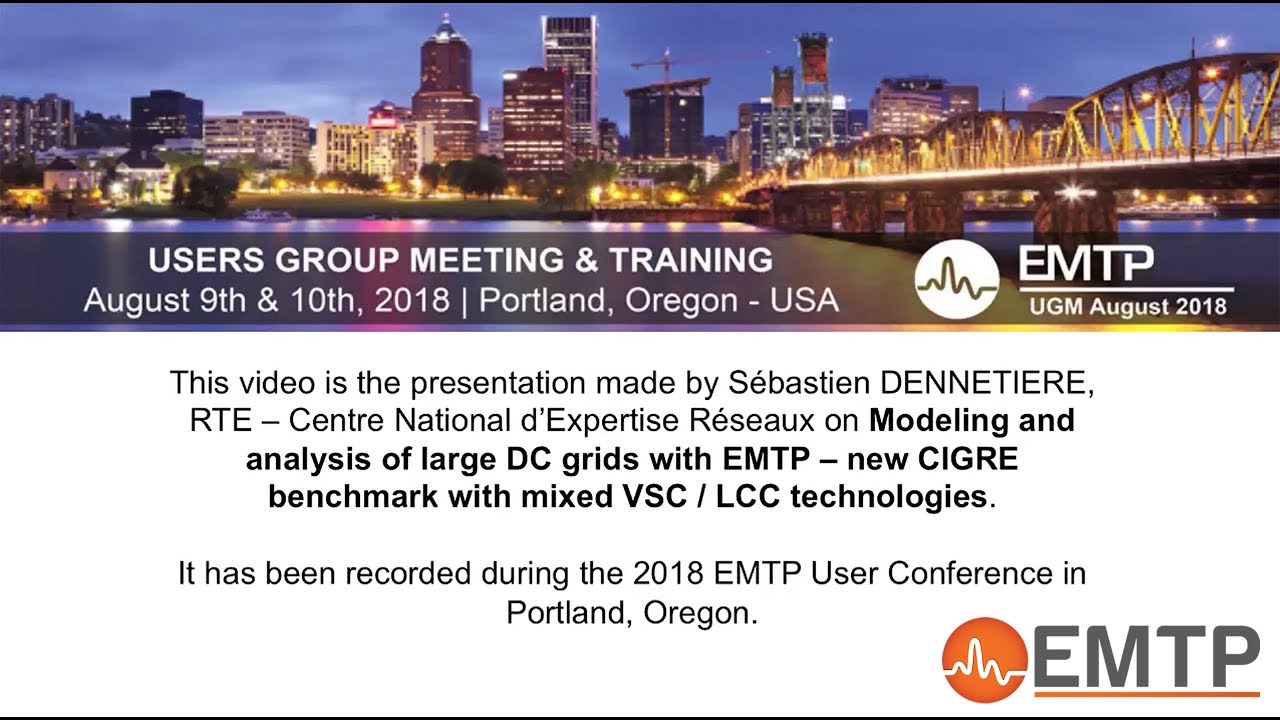
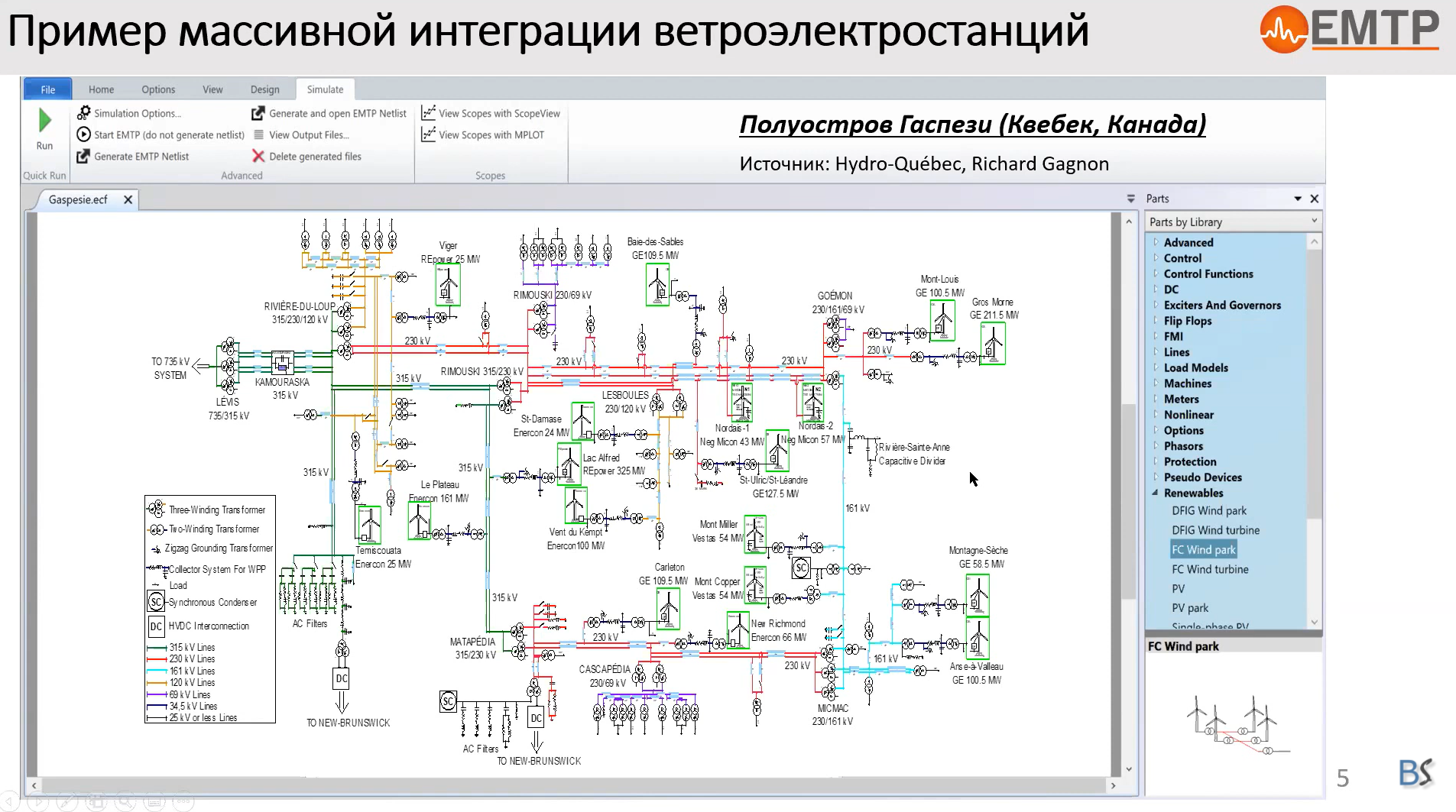
![[Protection_Devices]_Étude des courants coupés par les sectionneurs de changemen [Protection_Devices]_Étude des courants coupés par les sectionneurs de changemen](https://www.emtp.com/system/files/imagecache/presentation/TechnicalPresentation1.jpg)
